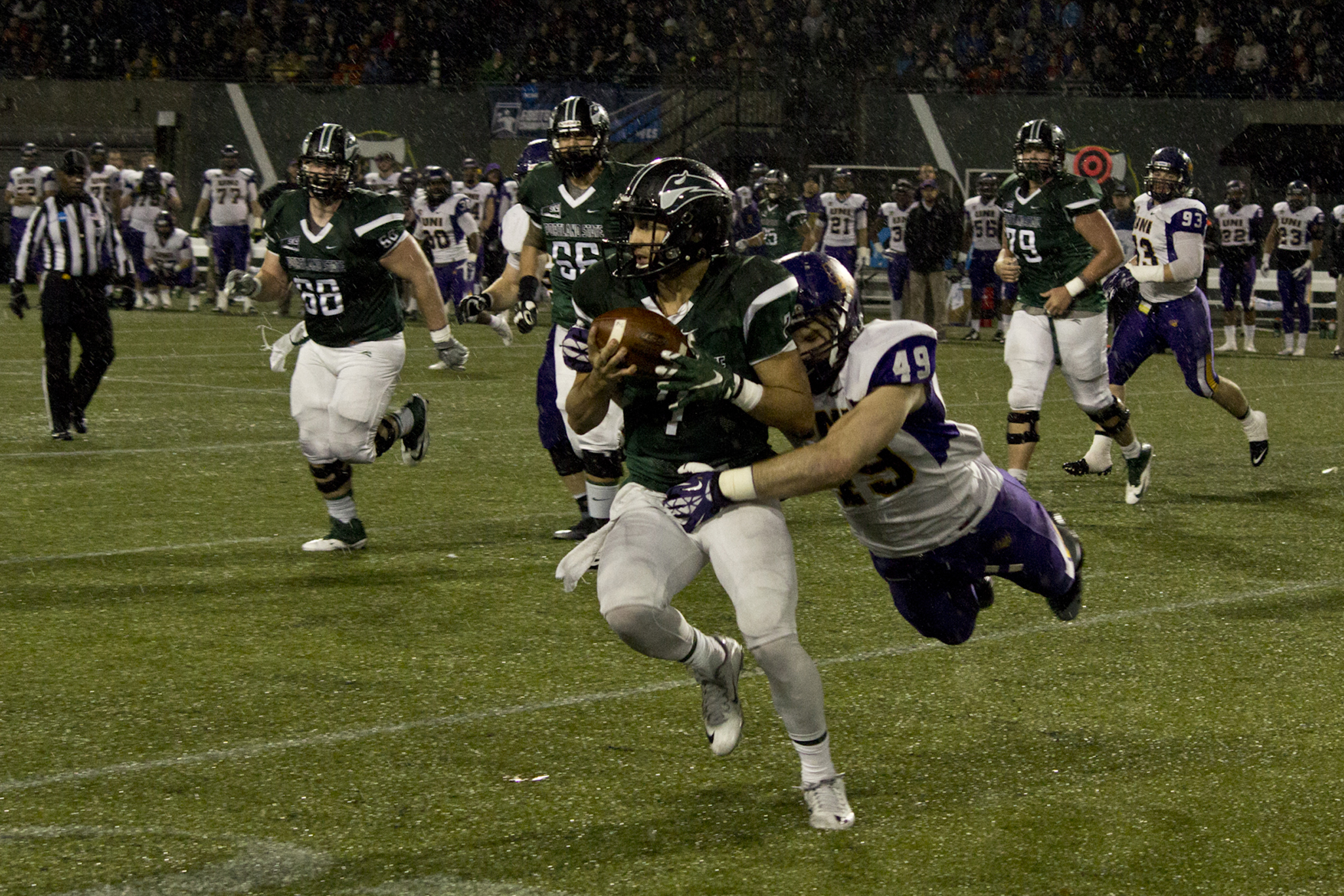Student recreation center bad for the environment?
The 12 vote margin in favor of building a student recreationcenter prompted a forum last Thursday surrounding concerns that theproposed addition to the PSU campus would be environmentallydamaging and too costly.
The Student Environmental Club invited ASPSU President ChristyHarper and Vice President of Finance and Administration Jay Kentonto the forum. Concerns over the environmental impact and increasedstudent fees potentially resulting from the student recreationcenter were voiced and answered.
“We try to keep people up to date. Folks don’t know what thehell is going on,” Harper said about the proposed addition of thestudent recreation center.
The Student Environmental Club came to the forum wanting theirquestions answered concerning whether trees, some of which are 100years old, will be cut down due to the construction. The proposedsite of the student recreation center is the vacant corner ofMarket Street and SW Eleventh Street.
“There are 13 trees that average 100 years old each,” saidRobinson Foster, representing the club.
Foster and other members of the club advocated for either areconsideration of the proposed placement for the new recreationcenter or a redesign of the building that will allow the trees toremain rooted and integrated within the building. One of the treeshas been nominated as a heritage tree by the City of Portland.
Celia Cornet, a club member, summarized the desire of the group,saying, “We should be working with the environment as we build newbuildings.” Cornet noted that the current building design does notallow enough set back to preserve the roots of the trees.
As Cornet presented her argument with a slide show, Harperinterrupted her, saying, “Cecilia, those trees are going tostay.”
Foster also questioned whether the proposal would put an unfairfinancial burden on students. “The total cost…the burden onstudents is too great,” Foster said.
Harper, eager to give her understanding of the proposedaddition, explained the process and possibilities for the project.Thanks to her seat on the Student Building Committee, Harper waspresent at the inception of the proposal for the new studentrecreation center. Reasons behind the center include attractingmore students and faculty, student retention, accommodating theincreasing student population and promoting physical fitness amongstudents.
Trying to put the debate into perspective, Harper clarified that”right now, it’s a conceptual idea.”
More than a year will go by before students know if they willhave a new recreation center. The student referendum will bepresented with PSU’s Capital Construction Budget to the OregonUniversity System (OUS) board. If the board approves the studentreferendum, the Oregon legislature must approve the OUS budget.
Addressing the possibility of a student fee, Amy Driscoll said,”I would prefer money be spent on improving the quality of myeducation, not my recreation.”
Harper pointed out the possibility of corporate sponsorship andbranding as a way to offset the cost to students.
“With corporate branding, the student fee would be decreased,”Harper said.
Presently, the Student Building Committee has not attemptedcorporate sponsorship or branding for the new center. Harper andthe committee are waiting for the decision to come back from theOregon Legislature before they start approaching corporations.
Plans for the expansion of the PSU campus have been in play forten years. Kenton recalled the decision in 1994 to designate a54-block neighborhood known as the University District.
“We want a hip neighborhood,” Kenton said. “With the residentialincrease, we need to be able to have activities available, and weneed a student recreation center.”
Harper emphasized that the Student Building Committee will betrying for the lowest cost possible to students and polling thestudents as well.




